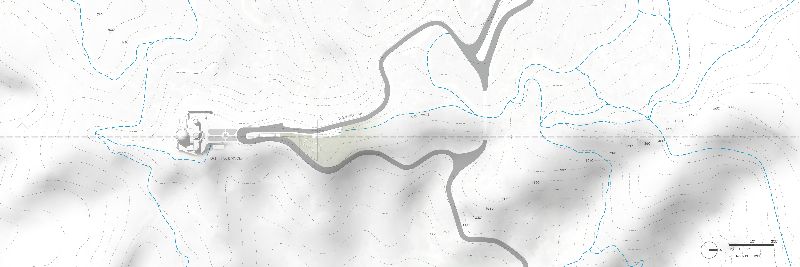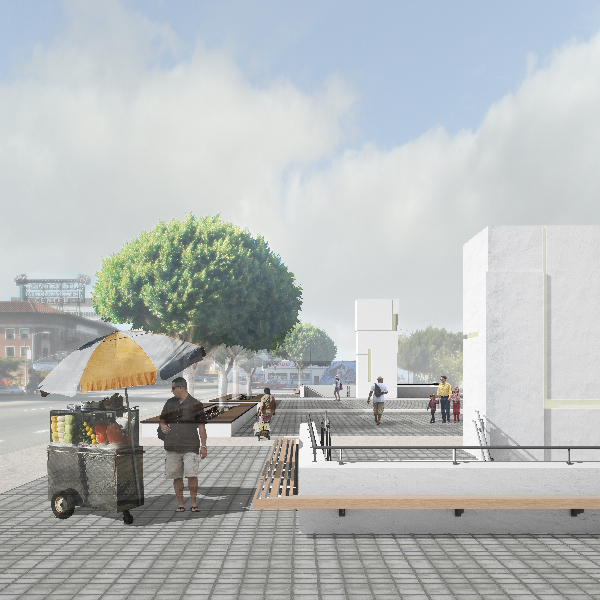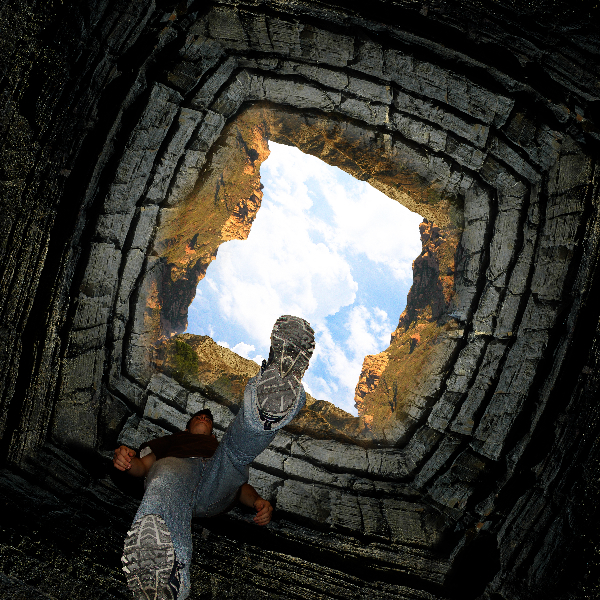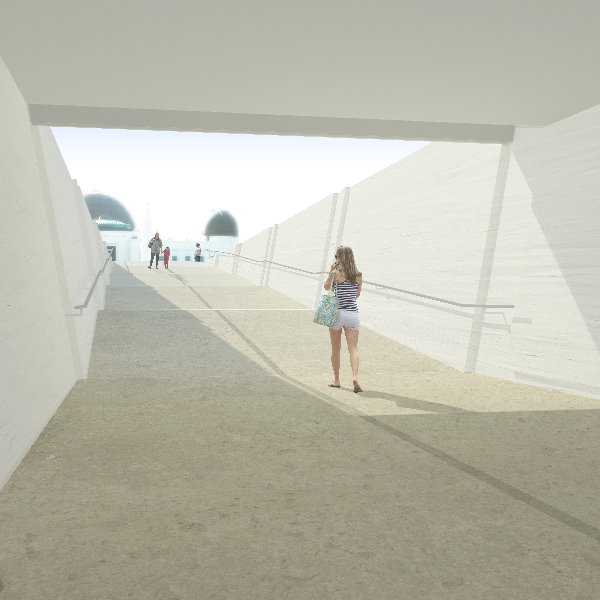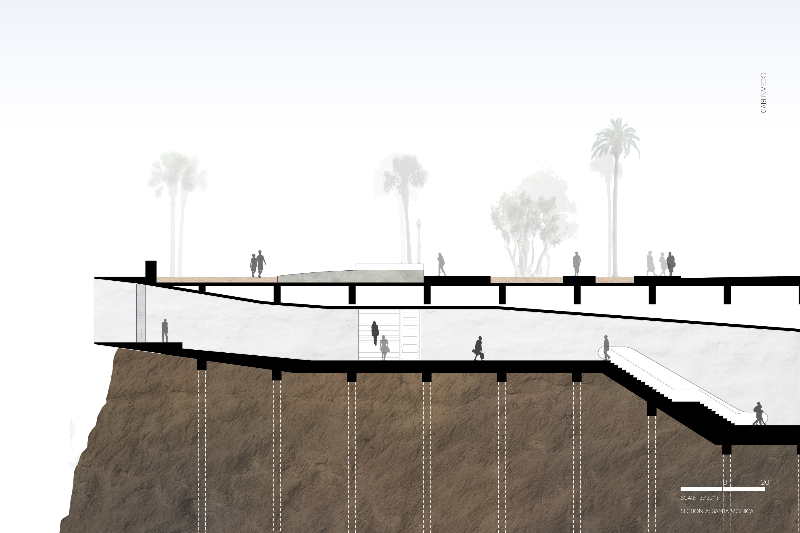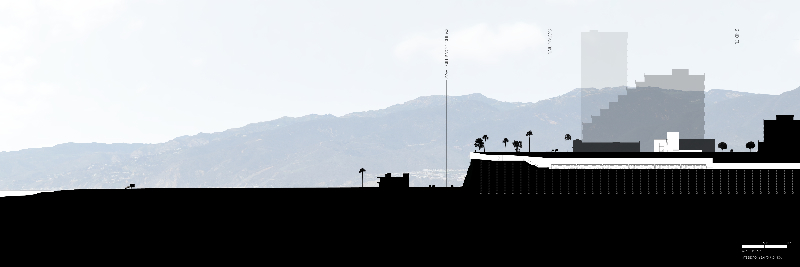Genius Loco
|
Student: Scott Hampton
While there is much to see and do, the experience of Los Angeles as a city is very much fragmented. Rather than providing an easy transition from neighborhood to neighborhood, transportation serves as a barrier making it difficult to move within the city. Some neighborhoods are more walkable than others, however, anyone who wishes to move throughout the entire city would be wise to own an automobile. Public transportation does exist, but it is largely inadequate given the population and area of Los Angeles. Limited access to the subway connects a select few destinations near downtown Los Angeles with busses reaching further into the suburbs. Unlike denser cities, such as New York, the population of L.A. is spread over a larger area of urban and suburban neighborhoods. Freeways creep almost continuously as the automobile proves to be the most popular mode of transportation. The 405, like many other freeways in L.A., runs five lanes wide in each direction. Freeways have begun to offer benefits to those traveling in larger groups, providing a carpool lane for automobiles carrying two or more people, but this hardly solves problems of congestion. The potential for a continuous experience of L.A. comes to a halt as most of the population is tied up in a city wide traffic jam. As a remedy to the congestion currently plaguing the city, plans to further develop public transportation are being devised. Expanding the current system of buses and subway lines will surely help to alleviate some of the traffic jams and allow the city to operate much more efficiently. However, should efficiency be the only goal for a city of such a caliber? Perhaps expanding the subway offers another opportunity, a chance to refine and explain the character of Los Angeles.
|


